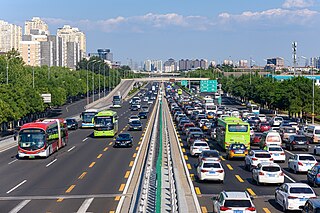History

Early days
Automotives first came to South Africa in 1896 when a Benz Velo was imported and it was demonstrated on January 4 of 1897 in Pretoria in front of President Paul Kruger.
The early days of the South African motoring industry were focused on the American brands Ford and Chevrolet. In 1922 Henry Ford visited Port Elizabeth and by 1923 Ford had started the first assembly plant in PE. General Motors joined soon afterwards producing Ceves Buicks Oldsmobiles and Pontiacs. In the mid-1960s Ford and GM still controlled over 60% of the local car marked with Ford's and Chevrolets dominating until the mid-1950s when the German and British small cars began to impact. In the early 1960s Studebaker became VW set up by managers from Ford PE who went on to develop VW- USA for the German company. By the late 1960s Toyota, Datsun and Mercedes were all developing factories in SA, and British makers were being pushed out. In the late seventies, Sigma Motors had planned to merge with British Leyland, known as Leykor locally - when this merger failed, Leyland had to scramble to create an all-new dealer network in only a month. [14] Leyland's South African presence never recovered.
The apartheid government asked Ford and GM to advise on policy to develop the local automobile component manufacturing industry. Ford and GM engineers asked to include black people in development to address chronic poverty. This was refused. However between Ford, GM and VW the three largest manufacturers (Ford about 28%, GM about 32% and VW about 15%) they accelerated local component development so rapidly that by 1968 that had destroyed Job Reservation policy in the auto industry allowing black people to work in factories previously reserved for whites.[ citation needed ] After the fuel crisis, the large American cars which had been very popular dropped in sales drastically. By the end of the 1970s, the Mazda 323 and the Volkswagen Golf were the biggest sellers and American-designed cars were no longer regularly available. For a while, the demand for big saloons had been met by assembling the somewhat more compact Australian Fords and Holdens, but these were discontinued in favour of more compact European designs. [15] 1976 showed the worst sales numbers since 1972. [16] Chrysler SA went belly up soon thereafter, merging with Illings (Mazda) to form Sigma. Chrysler had been very successful in the late sixties, with the Valiant range being the most sold passenger car in 1966, 1967, and 1968, but began a serious slide after that. [17] The acquisition of Mitsubishi gave Chrysler a stay of execution but the severe economic climate of the latter half of the 1970s proved too much.
Growth
The automotive industry catered to 303,000 employees in South Africa in 2003, and in 2004 the country exported fully assembled motor vehicles to 53 countries including many developed countries such as Japan, the United States, the United Kingdom, Australia and Germany, with many of the manufacturers based in South Africa now making it their main production base. In 2004, South Africa was responsible for the manufacture of 84% of all vehicles produced in Africa, 7 million of which are on the South African roads. Also in 2004, the industry made a 6.7% contribution to the GDP of South Africa and 29% of all South African manufacturers made up the country's automotive industry. 2004 also saw 110,000 vehicles exported from South Africa of which 100,000 were passenger vehicles. [1]
In 2007 and next years the automotive industry grew again, producing over 500,000 vehicles annually reaching peak of 616,000 in 2015. While amounting to a small fraction and 22nd place of the global vehicle production of near 100 million, this made great contributions locally, being supremely first in Africa and making up 7.5% of the country's GDP and about 10% of South Africa's manufacturing exports. In 2010 the National Association of Automobile Manufacturers of South Africa (NAAMSA) reported that new vehicle sales exceeded their initial expectations of 7%, with large local growth allowing it to reach 24%, providing a big boost after the 2008/09 recession. This was evident in 2010 with 271,000 vehicles being exported, more than double what was seen in previous years. [18]





























